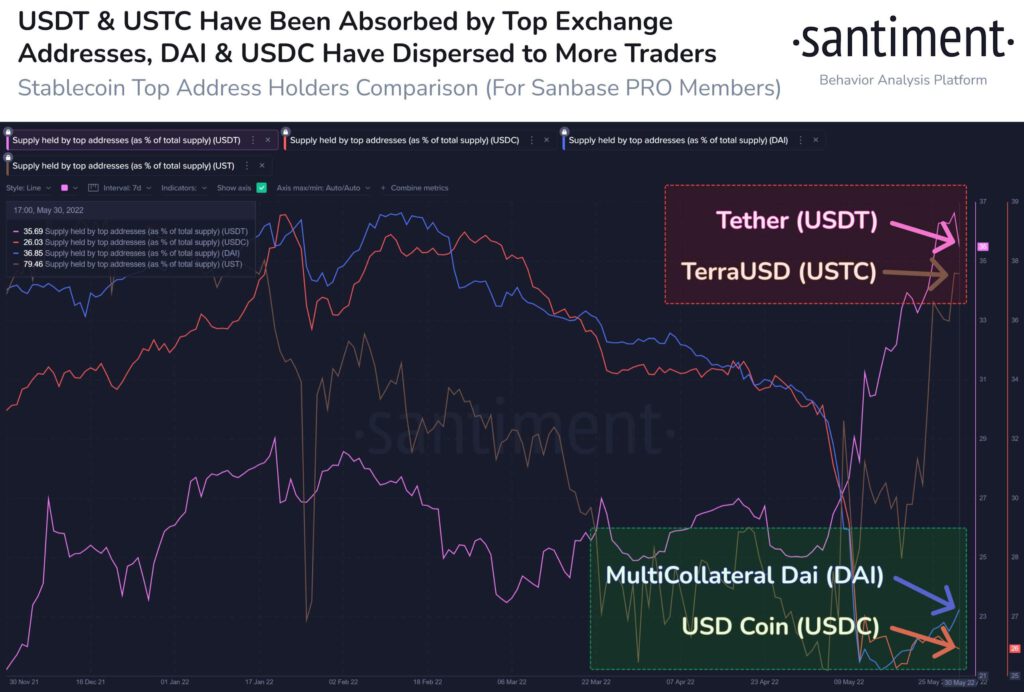Stablecoins were under pressure after the crash of UST algorithmic stablecoin in mid-May. Tether co-founder Reeve Collins on Thursday said the UST collapse could mean the end of most algorithmic stablecoins. However, USDT also temporarily lost its peg to the US dollar, witnessing massive redemptions.
The crash of UST brought stable coins under the scrutiny of governments and regulators worldwide. The U.S. and the U.K. governments have even planned to introduce regulations around stablecoins.
Stablecoins Lose Shine Amid UST Crash
Tether co-founder Reeve Collins says algorithmic stablecoins supposed to be pegged to the US dollar have fewer chances of survival as they are based on algorithms. Whereas, coins such as USDT and USDC are backed by cash, U.S. Treasury, and corporate bonds. He said:
“It’s unfortunate that the money… was lost, however, it’s not a surprise. It’s an algorithmic-backed, stable coin. So it’s just a bunch of smart people trying to figure out how to peg something to the dollar.”
Meanwhile, Jeremy Allaire, CEO of Circle, believes people will continue to create algorithmic stablecoins in order to seek a stable value and better algorithm to peg with the US dollar.
Trending Stories
According to the on-chain analytics platform Santiment, the TerraUSD (UST) collapse and temporary de-peg of Tether (USDT) spurred fears across the crypto market. Throughout May, stable coins moved heavily into crypto exchanges, with whale activity becoming significantly limited.
Meanwhile, Circle’s stablecoin USDC and DAI have seen their market cap rise significantly as traders moved to other stablecoins such as USDC, DAI, and BUSD.
Regulations To Push More Pressure on Stable Coins
Stablecoins will be under pressure after the implementation of rules and regulations. The crypto transactions could possibly be tracked by governments due to increased scrutiny and control.
Bertrand Perez, CEO of the Web3 Foundation, said:
“I expect that once we have a clear regulation of stablecoins, the basic rules of the regulation would be that you have a clear reserve with a set of assets that are strong, that you’re subject to regular audits of those reserves.”


